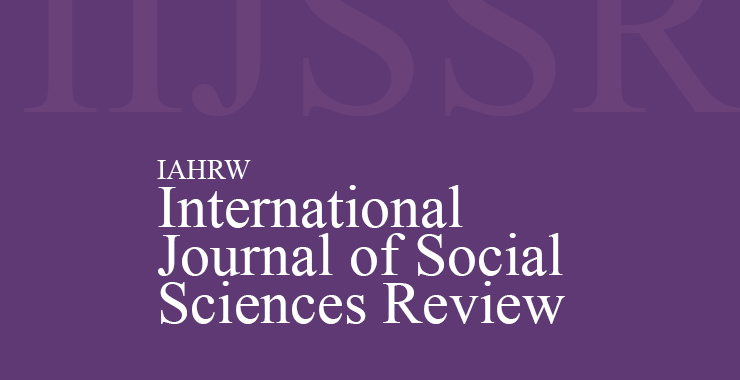Impact of Intervention on Burnout in Medical Officers and Paramedical Staff of Oncology Department
Original price was: ₹ 201.00.₹ 200.00Current price is: ₹ 200.00.
Page: 853-857
Pratibha Swami and Dalbir Singh Saini (Department of Psychology, School of Social Science and Humanities, Global University, Hisar, Haryana)
Description
Page: 853-857
Pratibha Swami and Dalbir Singh Saini (Department of Psychology, School of Social Science and Humanities, Global University, Hisar, Haryana)
Burnout is psychological condition characterized by emotional exhaustion, overwhelming workloads, strained workplace relationships, and the Medical Profession is uniquely challenging and comes with significant personal pressures, Factors such as prolonged patient care, the emotional toll of supporting those with severe illnesses, and limited decision-making authority compound their stress, leading to higher burnout scores. This study underscores the significant burnout levels among medical professionals, and impact of interventions on burnout levels particularly within oncology. A survey method using Burnout Questionnaire was conducted among all the Medical Officers (MO) and nursing staff of three oncology hospitals followed by 3 months individual and group intervention followed by second survey using the same questionnaire to assess the impact of the intervention. The data reveal that paramedical staff exhibits a mean burnout score of 56.33 ± 7.76, compared to doctors at 45.01 ± 4.53. In oncology, these figures are even more pronounced; nurses have the highest burnout score at 71 ± 7.94, while medical officers also show elevated levels at 58.21 ± 6.95. The effectiveness of intervention strategies was also assessed, with notable results after three months. 51% MO reported reduction in symptoms with burnout scores with mean of 40.1 ± 6.94 whereas 34% paramedical staff reported decrease in symptoms after intervention with mean burnout score of 56.1 ± 16.94. Addressing burnout in high-stress medical fields is essential interventions can significantly reduce burnout, additional support may be required for nursing staff to reach comparable improvements.

